The International Paris Air Show at Le Bourget, better known as the Le Bourget Air Show, is the largest and oldest air show in the world. It takes place every two years for odd years at Le Bourget Airport, 12 kilometers from Paris (France).
The history of the Paris Air Show began in 1908, when a section devoted to aviation appeared at the second motor show in the Paris Grand Palais. In 1909, the first salon dedicated to aviation was held in the Grand Palais. The success of this first exhibition led to widespread recognition of the event.

The world's only exhibition of aviation achievements then functioned annually, taking a break during the First World War in 1914-1918. In 1919, the salon opened again, but then closed again for several years - Europe, devastated by war, was not up to aviation innovations. Paris Air Show became regular only in 1924. At the same time, it was decided to hold the salon once every two years, and foreign companies began to be involved. Commercial motifs appeared in the cabin activities - from curious toys and weapons, aircraft became a means of transportation. Paris Air Show became the most authoritative in the world. The next big break in the exhibition was caused by the Second World War. Demonstration of new aircraft again resumed in 1946.
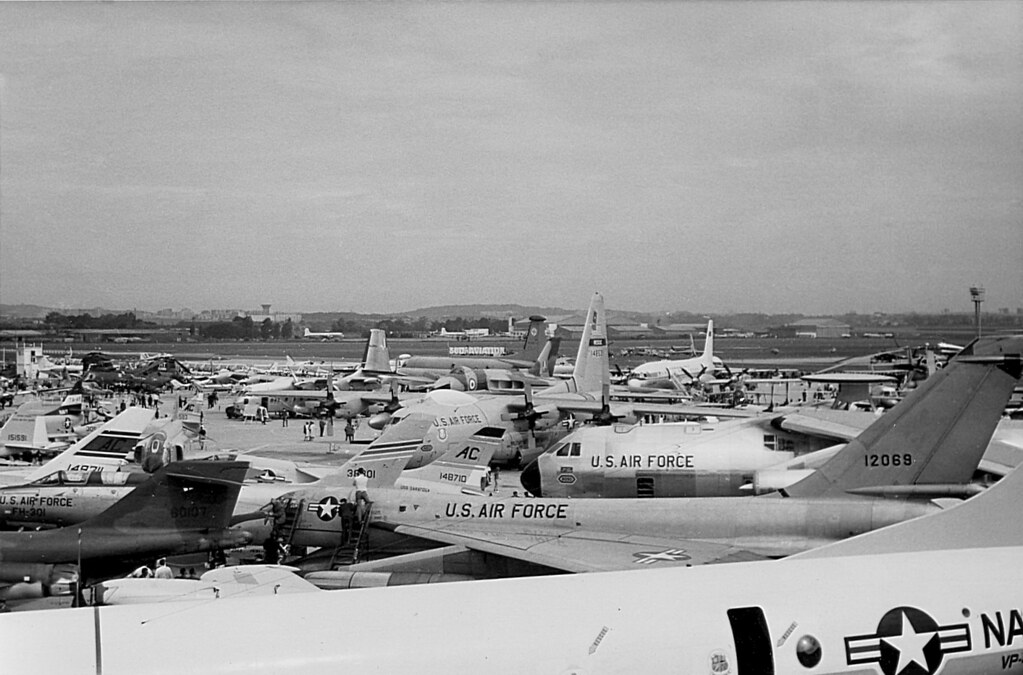
The first demonstration flights at the air show were held in 1949 at the airport Orly (Paris). In 1951, the air show was moved to a suburb of Paris at Le Bourget Airport, which by this time became the second most important airport in France and the center of all post-war commercial flights (in 1951 the air show was held at two sites - in the Grand Palais and Le Bourget). In the same year it was decided to build a permanent exhibition complex Le Bourget Parc d'Expositions. Since 1953, the salon finally settled in Le Bourget.
Since the 1960s, the air show has gained a leading role in the aviation world; it was Le Bourget that first introduced the Boeing 747 and supersonic passenger aircraft Concorde, the Dassault Mirage F1 fighter, the space shuttle Enterprise to the general public.

In 1999, unmanned aerial vehicles were shown for the first time at the Le Bourget Air Show, and in 2009 the first in the world demonstration flight of the UAV Samcopter by the Austrian company Schiebel took place.
In 2009, the exhibition celebrated the 100th anniversary of its first discovery, and 40 historical aircraft were shown in honor of this event.
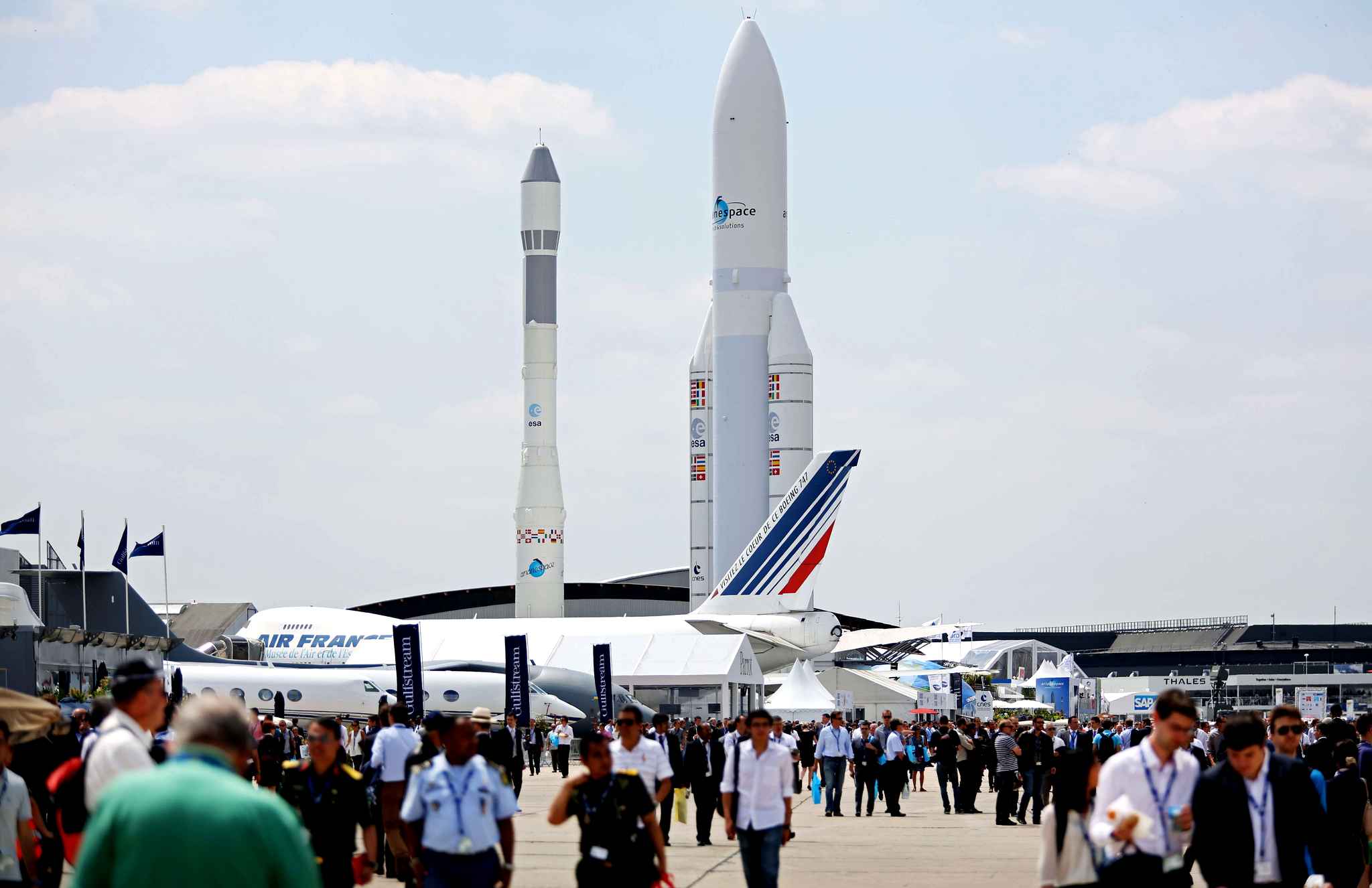
The success of the air show is largely due to the diversity of its participants. Here, in addition to large well-known companies, there are small and medium enterprises. The air show presents companies engaged in research, development, production, sale and service of all types of air and space transport, both civilian and military: airplanes, helicopters, missiles, spacecraft and devices for their launch, equipment, electronic systems of protection and security.
The main trends on the eve of the cabin are the Airbus A 380 Stop, the Boeing 737 crisis, after two accidents in October 2018 and March 2019, the absence of new programs, the slowdown of the long-haul market, and the climatic pressure.
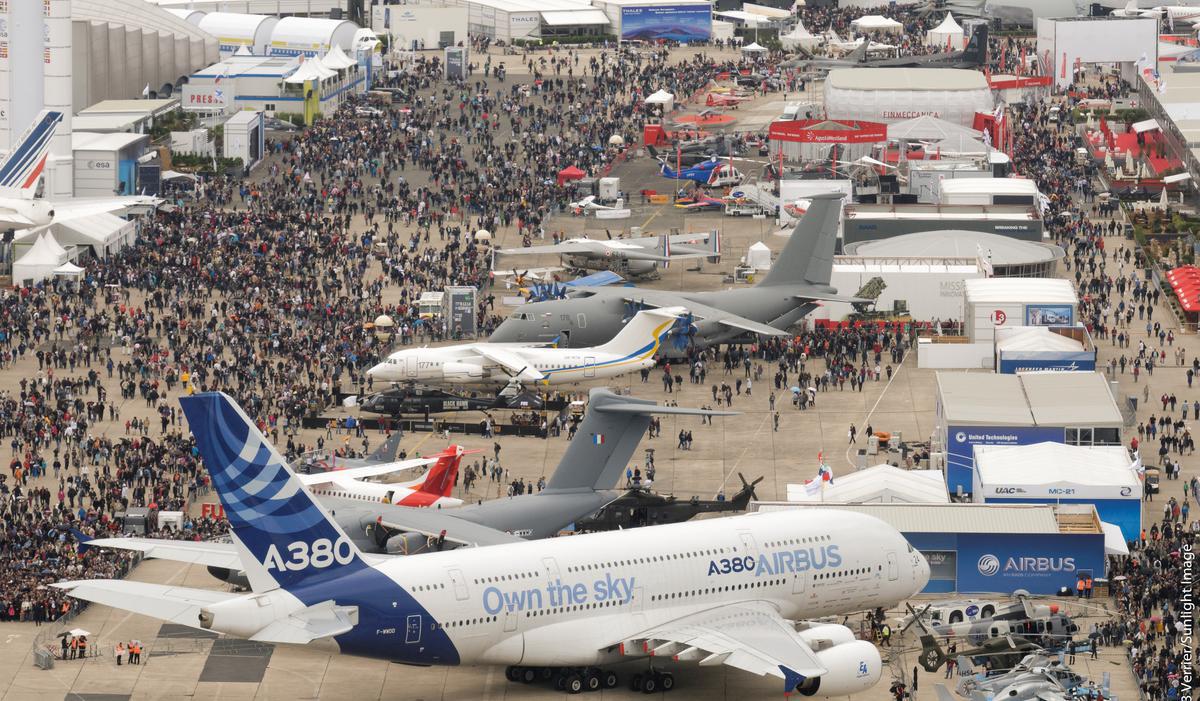
Aeronautics do not develop in the sky without clouds. But the sector remains optimistic because air transport is resistant to crises, and accidents always lead to increased safety.
Global duopoly intensified.
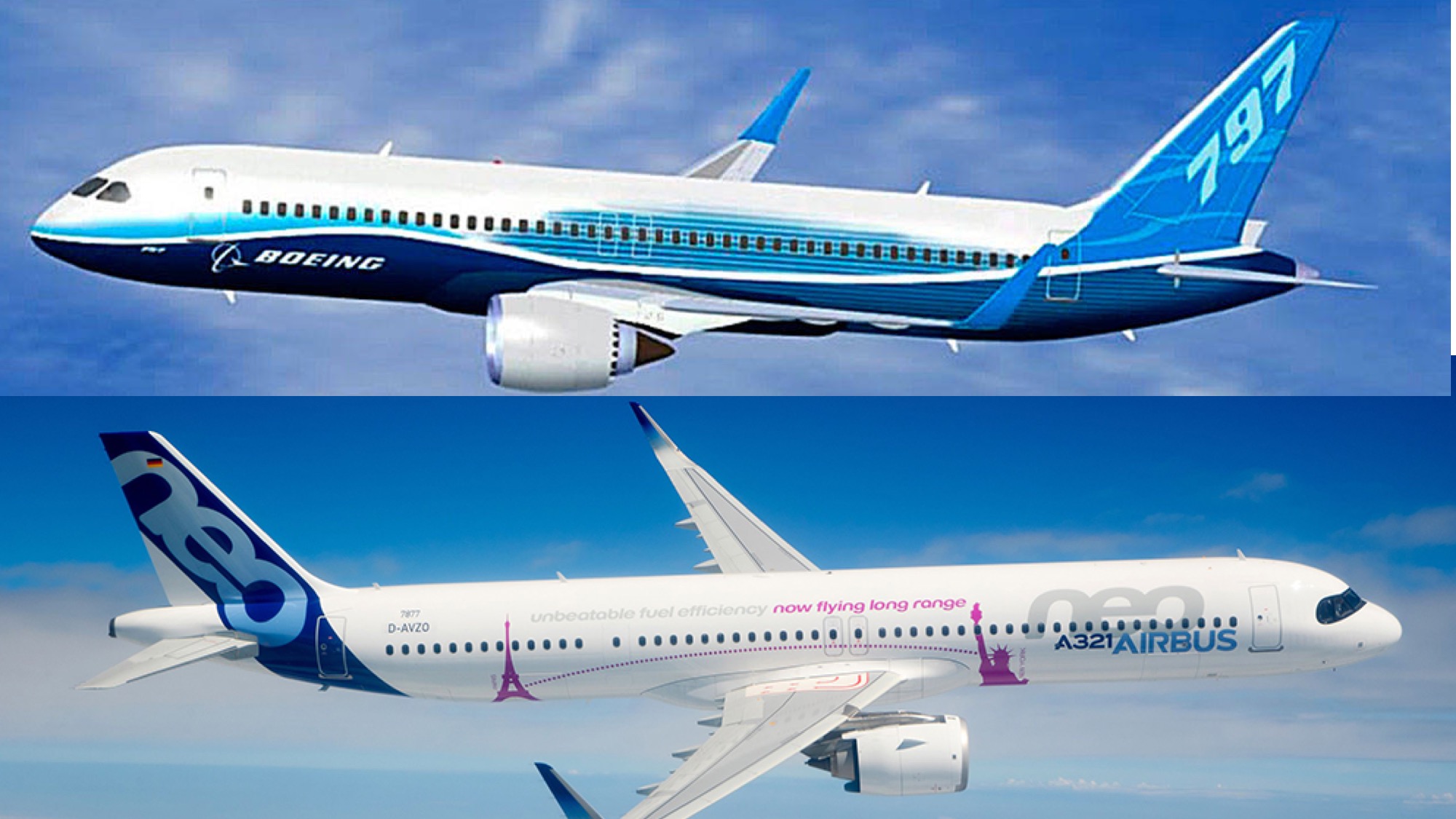
The global duopoly on aircraft with more than 100 seats has increased. Airbus acquired the CSeries program (renamed to 220) from the Canadian Bombardier, who claimed to be competing with the A 320neo. For its part, Boeing should take control of the Embraer regional programs (Ejet2) at the end of 2019. Equipment manufacturers have not stood aside. American UTC, owner of the Pratt & Whitney engines and buyer of Rockwell Collins, has just announced its wedding with Raytheon Defense Group. A merger of 100 billion dollars, which gives the world the second place in the aerospace industry. In France, Thales has become the leader in digital security Gemalto, and engine maker Safran has acquired the world leader in interior layout Zodiac.
A321 XLR will probably come, 797 - not yet
On the other hand, chances are good that Airbus will give the go-ahead to the A321 XLR. IBA analysts expect that there will also be orders for a new type in Paris. XLR may be the last stage in the development of a single-pass program on Airbus, because, according to a Bloomberg report, the manufacturer is considering launching a completely new aircraft with a narrow body by 2035. It can be equipped with a hybrid drive until the technology becomes mature. Airbus currently advises internally how to act.
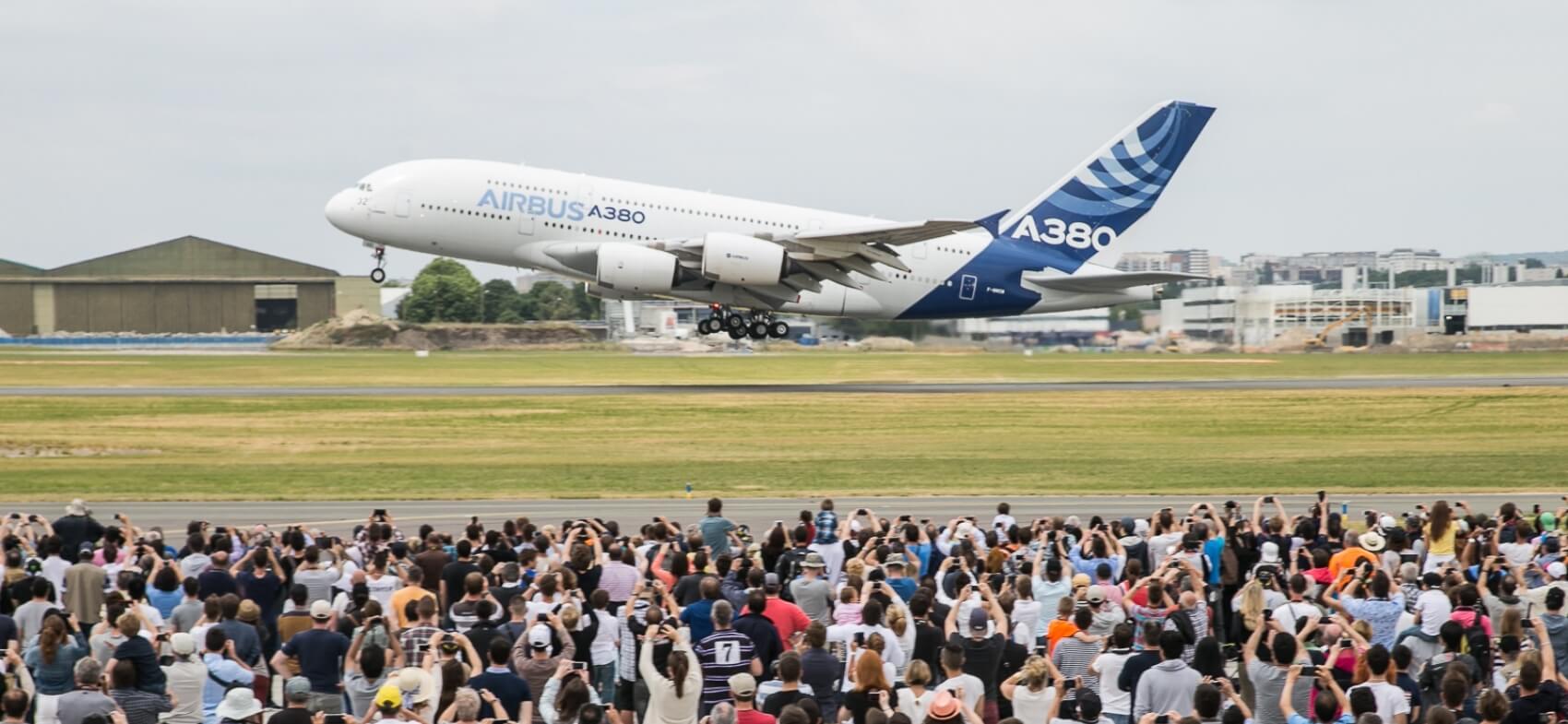
The American rival Boeing will restrain itself with the official launch of 797, probably further. According to IBA analysts, the manufacturer will instead focus on the details and the further 737 Max readmission procedure. The head of Boeing Commercial Airplanes, Kevin McAllister, told ATW-Online that this year’s show would not be typical. This is not about orders, but about a safe launch of 737 Max.
The following aircraft models are represented in the business aviation segment at the air show:
Bombardier leads the way with its Global 7500

Meanwhile, the award-winning Bombardier Global 7500 debuts at the Paris Air Show and continues to win honors with the best of the best awards from the Robb Report. The award-winning Global 7500 is the largest and longest business jet in the world and has revolutionary new products in the industry. Like all Bombardier's unrivaled range of aircraft, the Global 7500 aircraft offers maximum design, performance and luxury.
Embraer introduces Praetor 500 and 600 business jets

The Praetor 500 and Praetor 600 are part of the company's new family of aircraft based on the Legacy 450 and 500 platforms. According to Embraer, the aircraft has excellent performance, autonomy and versatility.
Dassault Falcon 8X Demonstration
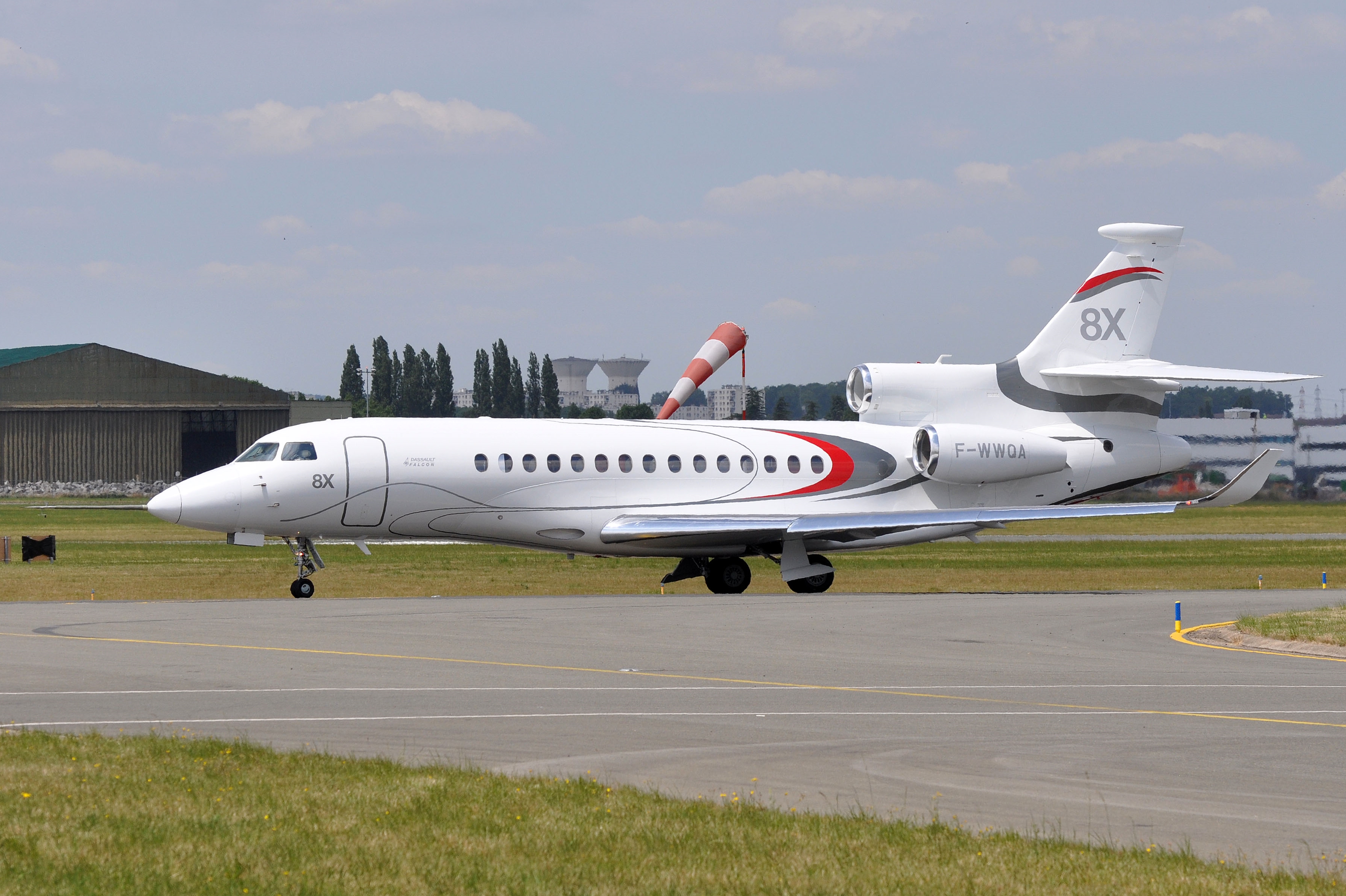
Based on the Falcon 7X, the Falcon 8X is a high-end business jet developed by Dassault Aviation. It can carry up to 19 passengers and was commissioned in 2016. Dassault Aviation will demonstrate it on the ground and in flight on professional and public days.
Gulfstreal Aerospace presents the G650
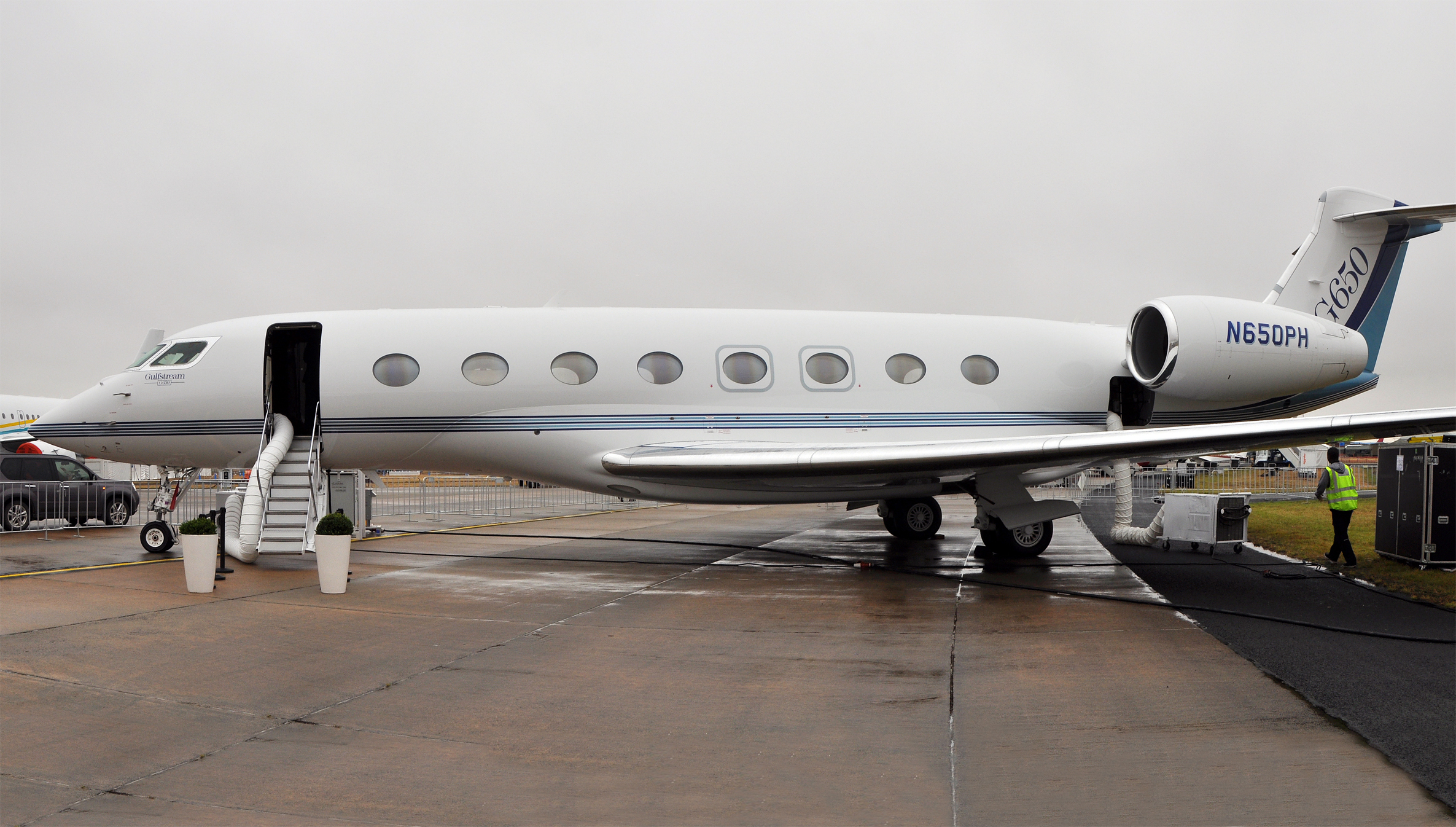
G650, developed by the American company Gulfstreal Aerospace, is a jet business jet capable of carrying up to 12 people. It will be exposed on Gulfstream sites during professional and public days.
eVTOL PAV Boeing
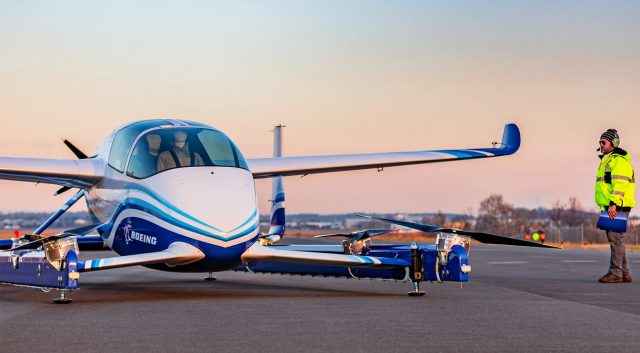
The flying taxi was developed in just one year by Aurora Flight Sciences, which Boeing bought in 2017. Unlike other similar devices, resembling drones enlarged in size, a flying taxi from Boeing is more like a plane, as it has a pusher propeller and wings. This means that the PAV will be able to develop high speed.